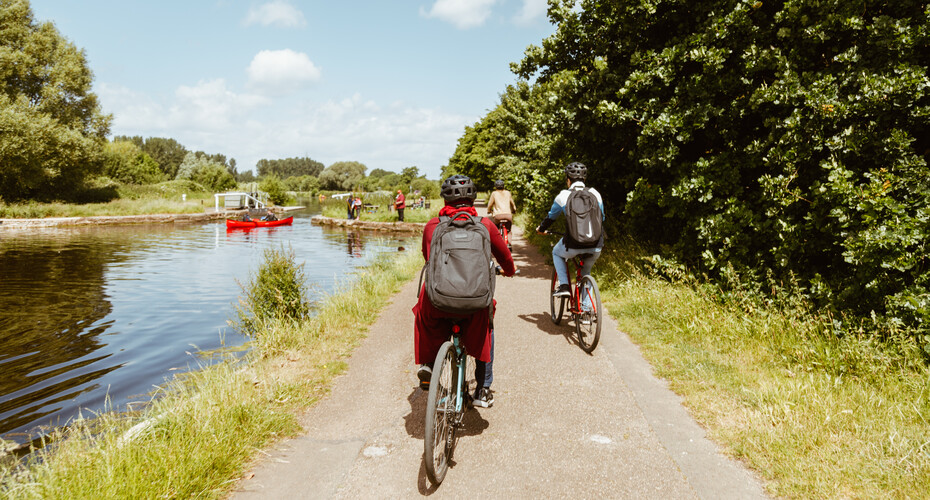PRO-BONE
Plyometric jump training and bone health in adolescents
Osteoporosis is a disease characterised by reduced bone mass and deterioration of bone microarchitecture, resulting in an increased risk of fragility fractures.
Bone mass acquisition during adolescence seems to be not only an important determinant of skeletal growth but also a key factor for reducing the risk of osteoporosis later in life.

Exercise is an effective approach for developing bone mass during puberty, but some sports may have a positive or negative impact on bone mass accrual. With football, swimming, and cycling among the most popular sports during childhood and adolescence in the United Kingdom, understanding the contribution of these sports to bone mineralisation and metabolism is important.
In addition, plyometric jump training has been suggested as a type of exercise that can augment bone, but its effects on adolescent bone mass have not been rigorously assessed.
In this context, the PRO-BONE study includes accurate measurements of body composition (using different devices), geometrical parameters and bone metabolism markers (among others) in male athletic adolescents involved in these sports, providing a golden opportunity to analyse this research question.
The aims of the PRO-BONE study are to:
- Longitudinally assess bone health and its metabolism in adolescents engaged in osteogenic (football), non-osteogenic (cycling and swimming) sports and in a control group
- Examine the effect of a 9-month plyometric jump training programme on bone-related outcomes in the sport groups.
Study participants will be measured on 5 occasions:
- At baseline (2014/15)
- After twelve months of sport-specific training where each sport group will be randomly allocated into two sub-groups: intervention group (sport + plyometric jump training) and sport group (sport only)
- Exactly after the nine months of intervention.
- Six months following the intervention.
- Twelve months following the intervention.
The study has recruited 121 males aged 12–14 years at the beginning of the study and currently a second round of measurements is taking place.



